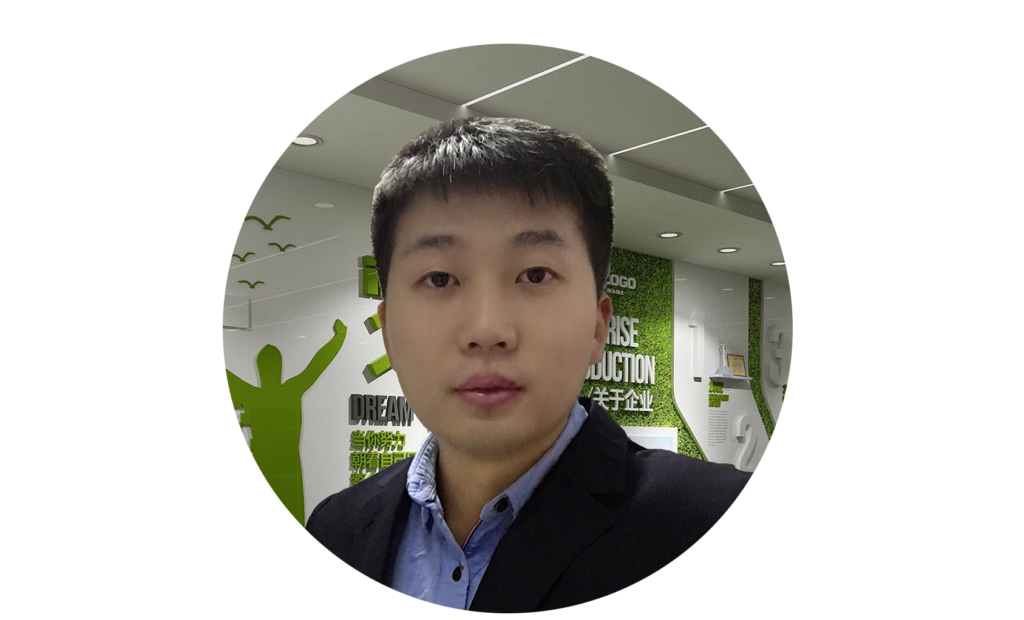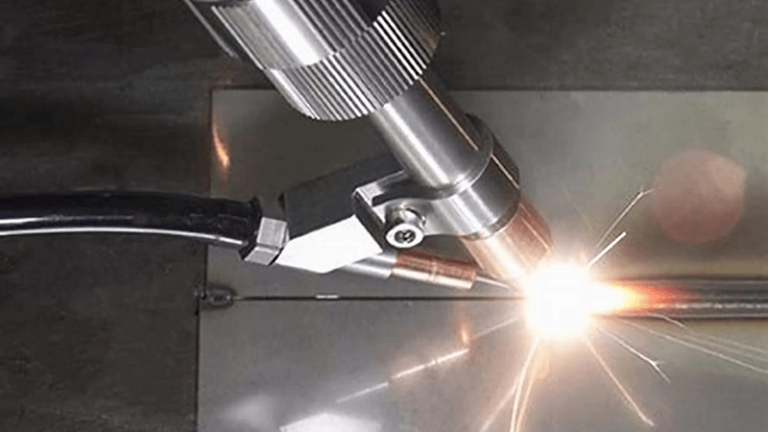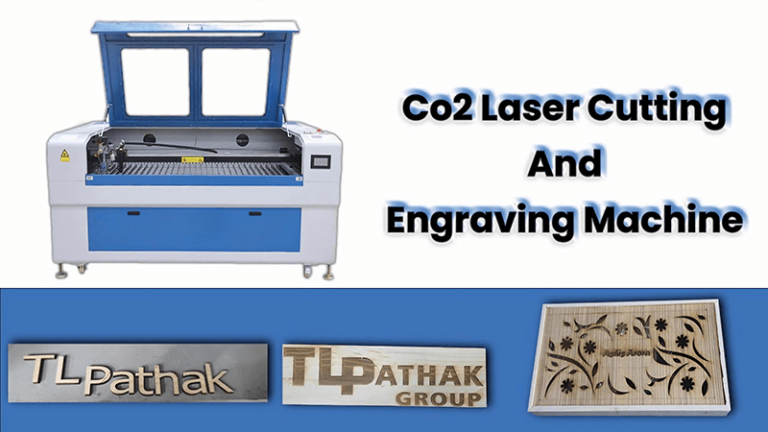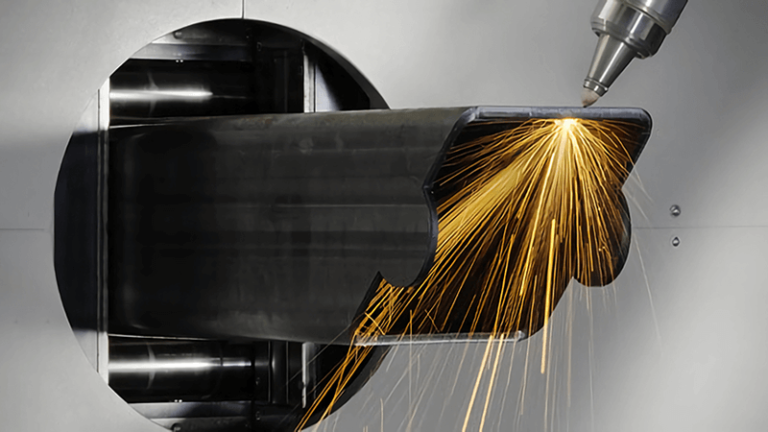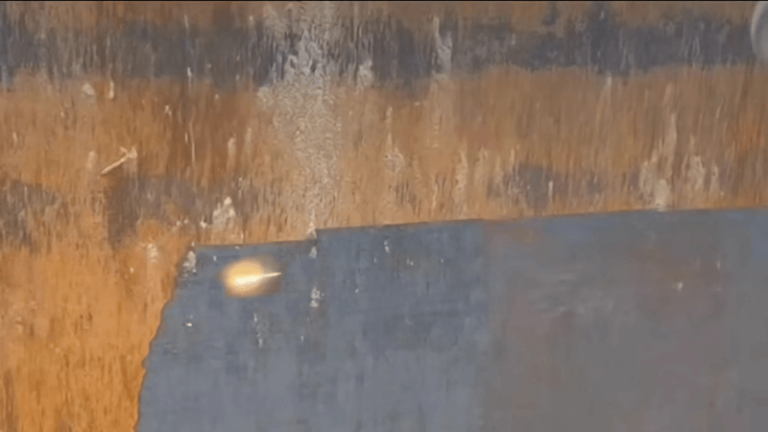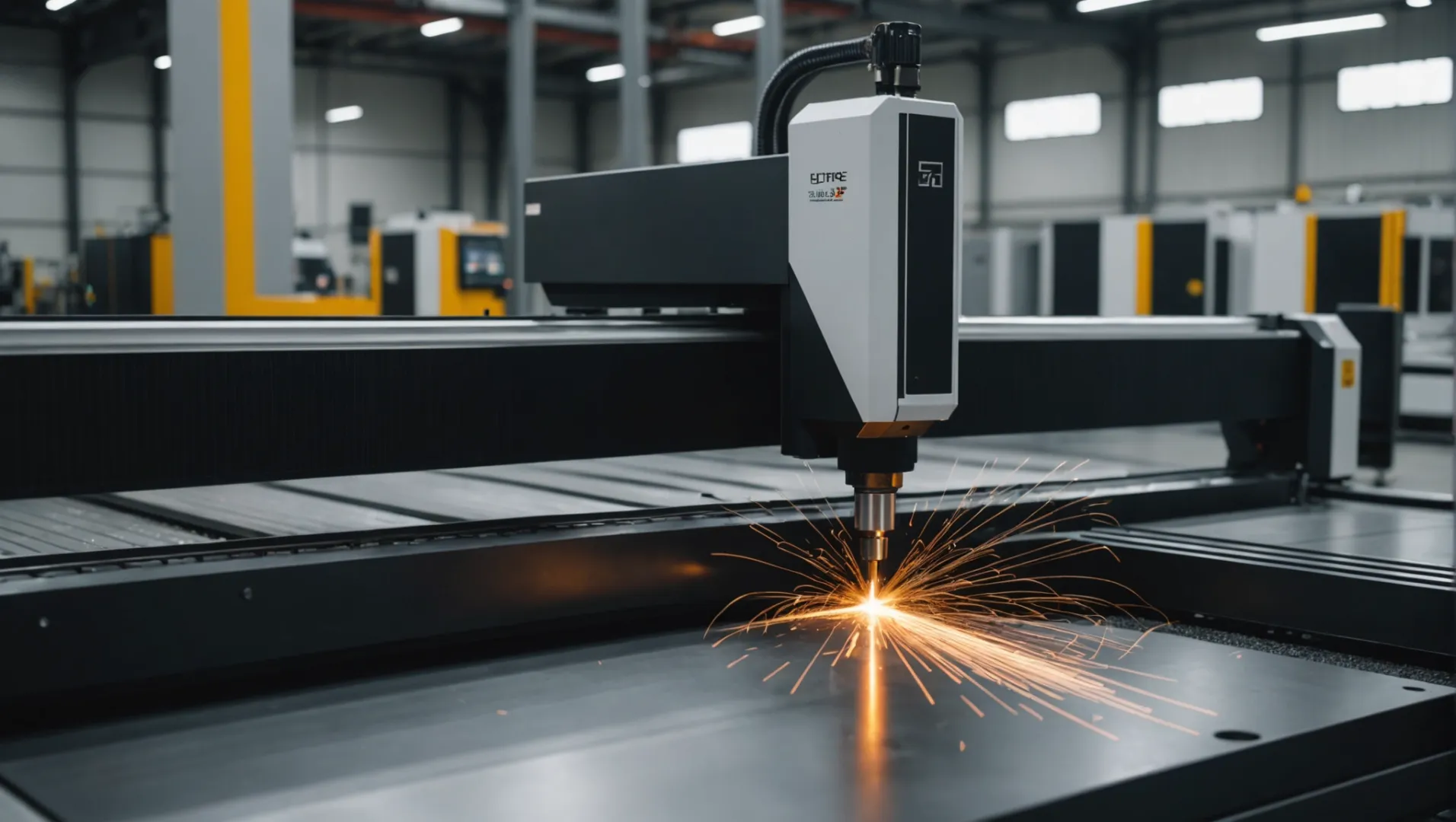
Laser cutting is everywhere. From the sleek metal designs in your car to the custom engraving on your phone case, lasers have made their mark in industries far and wide. But why should you care about laser cutting? Simple: it’s faster, more precise, and adaptable to nearly any material. Whether you're new to the tech or a seasoned pro, understanding its applications and benefits will help you make smarter decisions for your business. So, let’s dive into the details.
Laser cutting is a revolutionary process that has transformed many industries, offering superior precision and faster production times. By harnessing focused light energy, laser cutting machines can cut through a wide range of materials like metal, plastic, and even wood.
But how exactly does it work, and why should you invest in this technology? Read on, and I’ll walk you through everything you need to know.
What is Laser Cutting and How Does It Work?
Laser cutting uses a focused beam of light to cut, etch, or engrave materials. The process is simple but precise: a laser beam is directed at the material’s surface, melting or vaporizing it to create the desired shape. The high heat of the laser allows for clean, sharp edges without the mess of traditional cutting tools.
A laser cutting system consists of a laser source, a focusing lens, and a controller. The source creates the beam, the lens directs it, and the controller guides the movement of the laser. When used correctly, laser cutting delivers extraordinary results.
Curious about how lasers outperform traditional methods? Well, for one, they’re extremely accurate. This is because the beam is tiny, allowing for extremely fine cuts with very little margin for error.
Laser cutting is more precise than traditional mechanical cutting methods.True
Laser cutting uses a focused beam of light, allowing for fine cuts with very little margin for error, making it more precise than mechanical cutting methods.
CO2 lasers are primarily used for cutting metals like aluminum and steel.False
CO2 lasers are mainly used for non-metallic materials like wood, acrylic, and plastic. Fiber lasers are better suited for cutting metals such as aluminum and steel.
Types of Laser Cutting Technologies
Not all lasers are created equal. There are different types of laser cutting technologies that offer specific benefits based on the material being cut:
CO2 Laser Cutting
CO2 lasers are the most common type for non-metallic materials, such as wood, acrylic, and plastic. They offer excellent precision and are well-suited for intricate cuts.
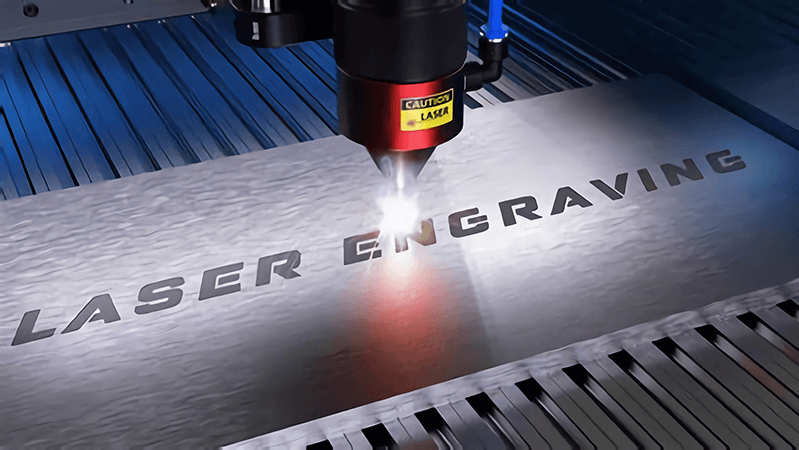
Advantages of CO2 Laser Cutting Technology
CO2 laser cutting technology offers numerous benefits that make it a preferred choice for a variety of industries. These advantages include:
- High Precision: CO2 laser cutters are capable of achieving tight tolerances, typically between 0.003 mm to 0.006 mm, enabling intricate designs and detailed cuts with exceptional accuracy.
- Speed: CO2 laser cutting machines are known for their fast cutting speeds, reducing production time and increasing overall productivity. Minimal setup time further enhances efficiency.
-Material Versatility: While CO2 lasers are particularly effective on non-metals like wood, acrylic, plastic, and glass, they can also process certain metals with the right settings. This makes them suitable for a wide range of applications, from signage to intricate prototypes.
-Clean Process: Being a non-contact method, CO2 laser cutting reduces the risk of contamination, eliminates mechanical wear and tear on tools, and minimizes the need for additional post-processing.
-Reduced Waste: The high precision of CO2 lasers ensures clean, sharp cuts that reduce material waste compared to traditional cutting methods, contributing to more sustainable production.
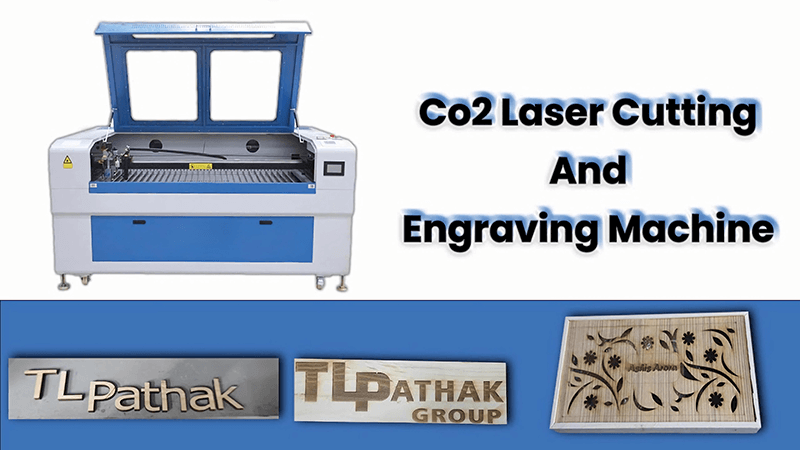
Kirin Laser's CO2 Laser Cutting Machines
Kirin Laser brings a strong combination of precision, speed, and cost-effectiveness to the CO2 laser cutting market. With years of expertise in the laser technology industry, Kirin Laser ensures top-quality solutions for a wide range of applications. Here are the key advantages of Kirin Laser's CO2 laser cutting machines:
- Customization: Kirin Laser offers highly customizable machines to meet specific industry requirements, making it easier for customers to achieve the exact results they need.
- Cost-Performance Ratio: Kirin Laser’s CO2 laser machines deliver excellent performance at competitive prices, providing businesses with high-value solutions for their laser cutting needs.
- Advanced Features: With a focus on innovation, Kirin Laser integrates the latest technological advancements into their machines, ensuring they are equipped for both speed and precision.
- Durability: Built with high-quality components, Kirin Laser’s CO2 laser cutters are designed for long-term performance, reducing the need for frequent maintenance.
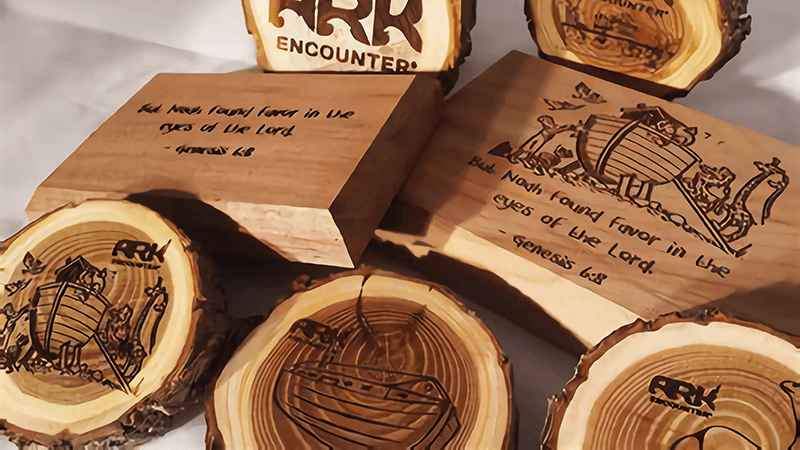
CO2 Laser engraving and cutting wood is a very popular applications in the industrial field
Fiber Laser Cutting
Fiber lasers are known for their efficiency and power when cutting metals. They’re faster and more cost-effective than CO2 lasers when cutting metals like aluminum and steel. The high energy density of fiber lasers also allows for faster cutting speeds on thinner sheets.
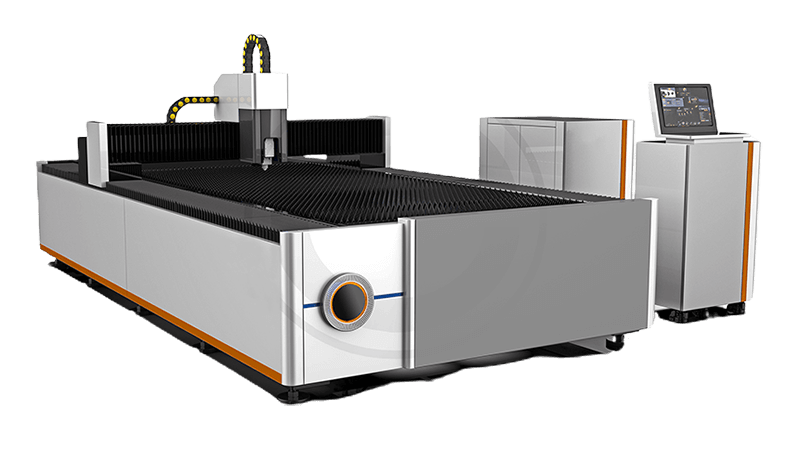
Advantages of Fiber Laser Cutting Technology
Fiber laser cutting technology has revolutionized the manufacturing industry with its precision, efficiency, and versatility. Below are some of the key benefits of using fiber laser cutting systems:
- High Precision: Fiber lasers offer extremely tight tolerances, with cutting accuracy typically within 0.05 mm. This allows for detailed and intricate cuts, even in the most complex designs.
- Speed: Fiber laser cutting machines are known for their high cutting speeds, making them ideal for high-volume production. They can cut through materials quickly and effectively with minimal downtime.
- Material Versatility: Fiber lasers are particularly effective on metals, including steel, aluminum, brass, and copper. This makes them the preferred technology for applications in the automotive, aerospace, and manufacturing industries, where metal cutting is paramount.
- Energy Efficiency: Fiber lasers are much more energy-efficient than CO2 lasers, as they use a solid-state laser source. This means they require less power to produce the same cutting performance, reducing operational costs.
- Reduced Heat Affected Zone (HAZ): Fiber lasers generate a smaller heat-affected zone compared to other laser cutting methods, which helps in minimizing material deformation and ensuring cleaner cuts.
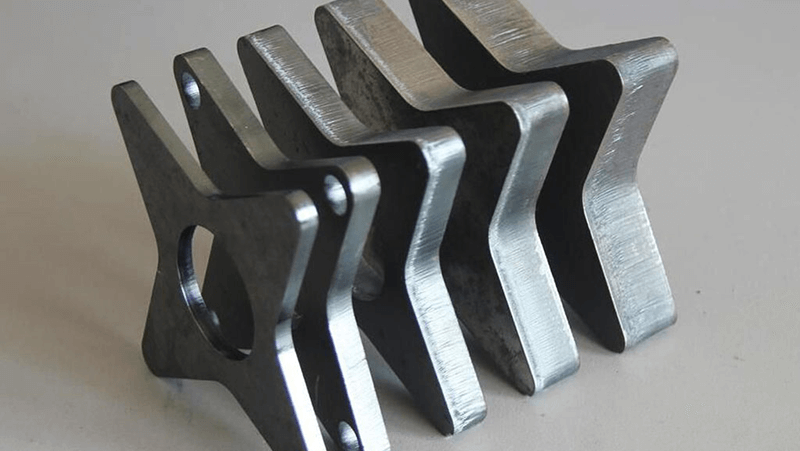
Kirin Laser's Fiber Laser Cutting Machines
Kirin Laser brings advanced fiber laser cutting technology that delivers precision, speed, and reliability at competitive prices. Here’s how Kirin Laser’s fiber laser cutting machines stand out in the market:
- High Efficiency: Kirin Laser's fiber laser machines offer excellent cutting speeds, reducing production time while maintaining high precision. Their robust design ensures durability even in demanding industrial settings.
- Superior Cutting Quality: Kirin Laser machines are equipped with state-of-the-art components that allow for clean, smooth cuts with minimal heat distortion. This makes them ideal for industries requiring high-quality cuts, such as aerospace and automotive.
- Customization Options: Kirin Laser provides customizable solutions for different cutting needs, ensuring that each machine meets the specific requirements of various industries. Whether for thick metal cutting or intricate designs, Kirin Laser has the right machine for the job.
Cost-Effective Solutions: With an emphasis on high cost-performance ratios, Kirin Laser’s fiber laser cutting machines offer exceptional value, ensuring businesses can benefit from advanced technology without breaking the budget.
Minimal Maintenance: Thanks to their robust build and advanced fiber laser technology, Kirin Laser's machines require minimal maintenance, which helps to lower long-term operating costs.
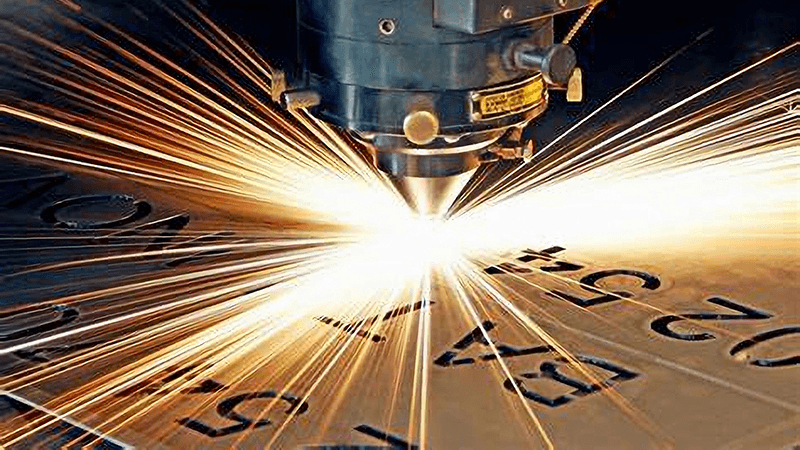
Applications of Laser Cutting: How It's Shaping Modern Industries
Laser cutting is a versatile technology that spans many industries. Whether it’s cutting intricate designs in jewelry or creating parts for aircraft, lasers are doing some heavy lifting. Let’s break down a few key applications:
Metal Cutting
Laser cutting is widely used in industries like automotive and aerospace. It’s essential for cutting metal parts precisely, such as brackets, frame components, and engine components. Why? Because the high precision and speed of laser cutting reduce time and labor costs, making it ideal for mass production.
Here is a simple comparison table showing the cutting capacity of different power lasers for various material thicknesses, for your reference in choosing the suitable machine.
Maximum Cutting Thickness by Power Level
| Power (kW) | Carbon Steel (mm) | Stainless Steel (mm) | Aluminum (mm) | Copper (mm) |
|---|---|---|---|---|
| 1.5 | 15 | 6 | 4 | 3 |
| 2 | 20 | 8 | 6 | 4 |
| 3 | 25 | 10 | 8 | 5 |
| 6 | 35 | 14 | 12 | 8 |
| 12 | 40 | 30 | 30 | 15 |
Plastic and Wood Cutting
Laser cutting isn't limited to metals. It’s also a go-to solution for cutting plastics and wood. For instance, in the furniture and advertising sectors, laser-cut materials provide clean, smooth edges that don't require additional finishing. The result? High-quality products and faster production times.
Here is a simple comparison table showing the cutting capacity of different power lasers for various material thicknesses, for your reference in choosing the suitable machine.
Summary of CO2 Laser Cutting Capacities
| Power (W) | Acrylic (mm) | Wood (mm) | Plastic (mm) |
|---|---|---|---|
| 80 | Up to 10 | Up to 12 | Up to 5 |
| 100 | Up to 12 | Up to 15 | Up to 8 |
| 130 | Up to 15 | Up to 20 | Up to 10 |
| 150 | Up to 20 | Up to 25 | Up to 12 |
| 200 | Up to 25 | Up to 30 | Up to 15 |
Important Considerations
- Cutting Speed: The cutting speed may vary based on the thickness of the material and the specific settings of the laser.
- Air Assist: Using air assist can improve cutting quality, especially for thicker materials.
- Material Variability: Different types of wood and plastics may have different cutting characteristics.
Precision Cutting in Electronics
When it comes to electronics, the tolerance level is tiny—fractions of a millimeter in some cases. Laser cutting makes it possible to create delicate components, like circuit boards or microchips, with incredible accuracy. It’s the key to manufacturing parts that are both functional and reliable.
The Benefits of Laser Cutting Over Traditional Methods
Laser cutting has transformed how we approach manufacturing. The advantages over traditional methods like mechanical cutting or stamping are significant:
- Speed and Efficiency
Time is money. Laser cutting is faster than traditional methods, especially for complex designs. The ability to cut multiple pieces from a single sheet in one go can significantly reduce overall production time. - Precision and Accuracy
Lasers can cut with extreme accuracy. The focused beam ensures sharp, clean edges without the need for additional processing. Plus, there's no need for retooling or adjusting, which further reduces downtime. - Versatility in Materials
Laser cutting can handle a variety of materials, from metals to plastics, wood, and ceramics. Whether you're cutting stainless steel or delicate fabrics, a laser cutter can manage it all—often with just a simple setting adjustment.
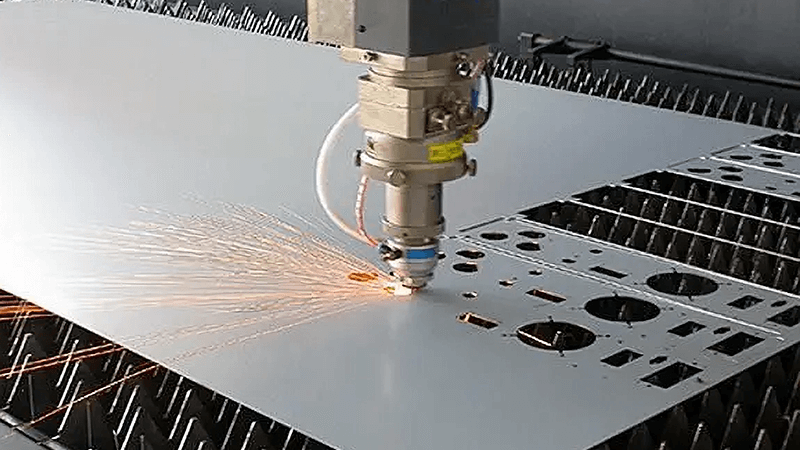
Choosing the Right Laser Cutting Machine for Your Needs
When selecting a laser cutter, you have to consider several factors: the type of material you're cutting, the thickness, and the speed at which you need to operate.
If you're working with metals, especially stainless steel, you’ll likely opt for a fiber laser cutting machine. For more delicate materials like wood or acrylic, a CO2 laser would be your best bet. The key is to balance your requirements with the right technology to maximize efficiency and minimize costs.
Remember, you don’t want to spend extra on features you’ll never use. So, understanding your production needs is crucial.
Maintaining Laser Cutting Machines: Best Practices
Laser cutters are powerful machines, but like all equipment, they require regular maintenance to perform at their best.
Here are some tips for keeping your laser cutter in top shape:
- Clean the lenses and mirrors regularly: Dust and debris can affect the laser’s performance.
- Check and replace the cooling system: Proper cooling prevents overheating and ensures the laser continues to cut effectively.
- Lubricate moving parts: Keep the machine running smoothly by regularly applying lubricant to the rails and gantries.
Proper maintenance will extend the life of your laser cutter and help it operate efficiently.
This is a maintenance schedule for your laser cutting machine, designed to ensure optimal performance, extend its lifespan, and prevent unexpected breakdowns. By following the tasks outlined in the table, you can efficiently manage your machine’s upkeep, maximize productivity, and minimize repair costs. Use this schedule as a reference to keep your laser cutting machine operating at its best.
| Maintenance Task | Daily | Weekly | Monthly | Annually |
|---|---|---|---|---|
| Clean Work Area | ✔️ | |||
| Inspect Cutting Head | ✔️ | |||
| Lubricate Moving Parts | ✔️ | |||
| Check Gas Pressures | ✔️ | |||
| Remove Slag & Debris | ✔️ | |||
| Deep Clean Components | ✔️ | |||
| Inspect Drive Systems | ✔️ | |||
| Check Cooling System | ✔️ | |||
| Clean Dust Collection | ✔️ | |||
| Replace Worn Parts | ✔️ | |||
| Update Software | ✔️ | |||
| Check Electrical Systems | ✔️ | |||
| Professional Service Check | ✔️ | |||
| Complete System Review | ✔️ |
Environmental Impact and Safety: Why Laser Cutting Is a Greener Option
One of the lesser-discussed benefits of laser cutting is its environmental impact. Because the process is highly precise, there’s less material waste compared to traditional methods. In fact, many businesses are turning to laser cutting as part of their sustainability strategy.
Additionally, laser cutting machines are relatively safe when operated correctly. They produce minimal noise and don’t release harmful emissions like other manufacturing processes, which is a win for both the workers and the planet.
Fiber lasers are more energy-efficient than CO2 lasers.True
Fiber lasers use a solid-state laser source, requiring less power to produce the same cutting performance, making them more energy-efficient than CO2 lasers.
Kirin Laser's CO2 laser cutting machines are known for their high customization options and cost-performance ratio.True
Kirin Laser offers customizable CO2 laser cutting machines with a strong emphasis on high value and competitive pricing, ensuring cost-effective solutions for various industries.
How to Get Started with Laser Cutting: A Beginner’s Guide
So, you’re thinking about investing in laser cutting technology. Where do you begin?
First, consider your business’s needs. Are you cutting small parts in a low-volume production line, or do you need to produce large quantities of parts quickly? This will influence the type of machine you purchase.
Second, don’t forget to choose a reputable supplier. Companies like Kirin Laser offer a variety of high-quality machines at competitive prices. You want a supplier who can support you both during and after the purchase.
Why Kirin Laser Should Be Your Final Choice
When selecting a laser cutting machine, it’s essential to consider both the quality and reliability of the equipment. Kirin Laser stands out in the market with its advanced technology and robust machines designed for maximum performance. Whether you’re cutting metal, plastic, or other materials, Kirin Laser’s machines are engineered to deliver precision and efficiency, helping you stay ahead of the competition. With years of experience in the industry, Kirin Laser’s equipment ensures consistency, reducing downtime and maintenance costs.
Additionally, Kirin Laser offers unmatched after-sales support. Their team of experts provides comprehensive training, troubleshooting, and ongoing assistance, ensuring you get the most out of your investment. With an extensive network of service professionals, you can rely on timely support and genuine parts, keeping your production line running smoothly. For any buyer, having a reliable partner who understands the technical needs of laser cutting is invaluable—and that’s exactly what Kirin Laser delivers.
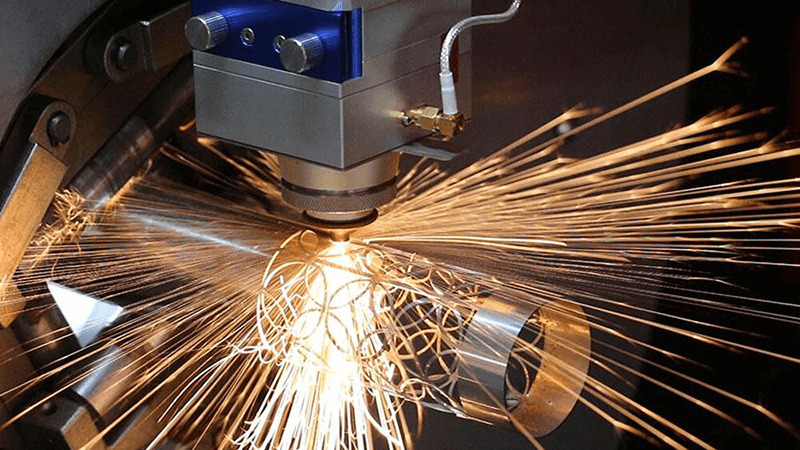
Conclusion: Ready to Take Your Cutting to the Next Level?
Laser cutting has opened up a world of possibilities for industries across the globe. Whether you're cutting metals, plastics, or intricate designs, the advantages of laser cutting are clear: it’s fast, precise, and versatile.
Looking to explore laser cutting solutions? Get in touch with us at Kirin Laser, and let’s take your projects to the next level.
Reference:
- "How to Optimize Your Laser Cutting Process for Better Results?", from Kirin Laser.
- "Why Are Laser Metal CNC Machines Essential for Modern Manufacturing?", from Kirin Laser.
- "How Brass Laser Cutters are Revolutionizing Metal Fabrication?", from Kirin Laser.
- "A Comprehensive Guide to the Parts of a Laser Cutting Machine?" from Kirin Laser.
- "CO2 Laser Cutting Thickness, Speed & Power Chart (25-200W)", from Artizono.
- "Laser Cutting Thickness and Speed Chart", from Mellowpine.

